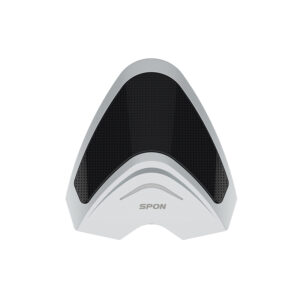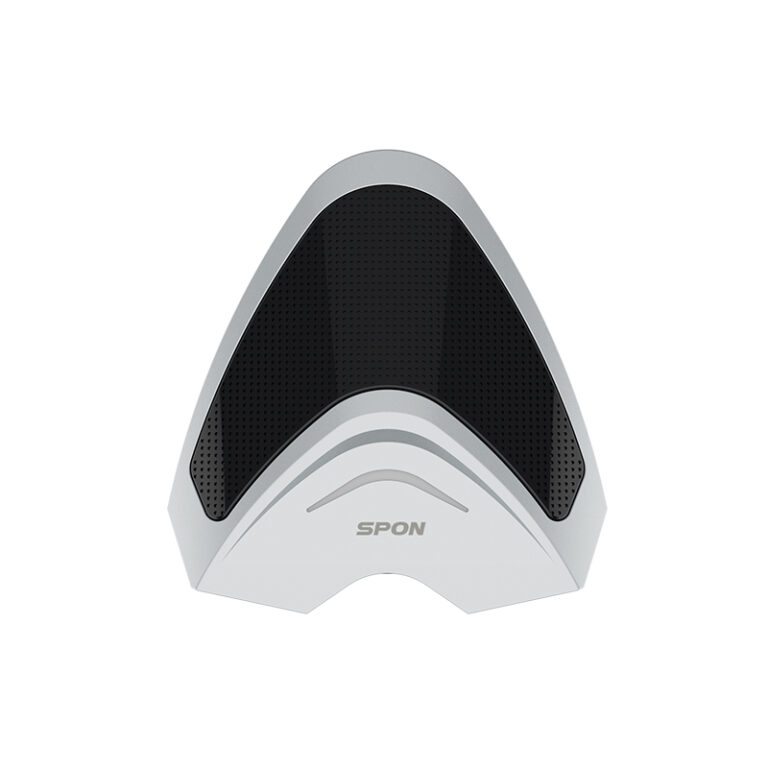TikTok, a globally popular app, is not immune to challenges, such as government regulations and e-commerce obstacles. However, with the “three axes” of windows, live streaming, and shopping malls, TikTok has achieved impressive trillions of GMV in China within two years, surpassing Alibaba, JD.com, and Pinduoduo. The platform’s e-commerce success seems inevitable, but the road ahead is not without obstacles. TikTok only began testing e-commerce in 2021, and its GMV target for 2023 is $23 billion, whereas Shopee, the Southeast Asian e-commerce leader, only reached $73.5 billion last year. While TikTok presents a golden opportunity for Chinese cross-border traders to make money, issues like low conversion rates pose a challenge. Additionally, the app’s live sales expansion plan failed in the UK, and many overseas markets have yet to adopt live shopping habits, hampering TikTok’s e-commerce growth. To achieve its targets, TikTok has launched several initiatives, such as the “professional operation” and “word-of-mouth operation” incentive plans, opening the mall function in Southeast Asia, and updating the commodity warehousing mode in the British market. These actions may stem from the platform’s growth anxiety.

1. Two logics?
TikTok has recently launched its own e-commerce platform, the TikTok Shop, which was initially tested in the Indonesian market in October 2021. The platform was officially launched in Thailand and the Philippines in February 2022, with plans to cover more Southeast Asian countries. The TikTok Shop can be accessed through the function bar on the app or via an Internet celebrity’s homepage. The platform integrates advertising and sales, allowing consumers to complete transactions directly on the app. TikTok’s e-commerce closed loop is thus formed.
TikTok’s e-commerce road began with the platform’s cooperation with Shopify in 2020, which allowed merchants to place ads in the information flow and attach links to advertisements. However, this model could not build its own e-commerce ecosystem, so TikTok launched its own store, the TikTok Shop, in 2021. The launch of the TikTok Mall is based on the fact that TikTok e-commerce has formed a large transaction scale, and users have developed a shopping mindset in TikTok. The shelf mall, as a long-tail channel, can further improve TikTok’s GMV.
The GMV of TikTok e-commerce in 2021 was 740 billion, and the GMV in 2022 exceeded one trillion. TikTok’s GMV in Southeast Asia in 2022 was $4.4 billion, and GMV in Indonesia increased by 493%. Industry insiders believe that TikTok Shop is still in its early stages and has a lot of potential for growth. TikTok’s launch of the shelf mall hopes to cultivate users’ consumption habits through a more familiar model for overseas consumers, in order to open up more market space in the future.

2. If you just copy, 90% of the players will lose money
TikTok is a popular social media platform that has been gaining a lot of attention for its potential as an e-commerce platform. However, while TikTok has seen success with its e-commerce efforts in Southeast Asia, it has struggled to gain traction in more mature e-commerce markets like Europe and the US.
According to data from GoodsFox, a global consumer brand marketing data research platform, the top 50 products in the TikTok Shop sales rankings over the past two months have all come from Southeast Asian countries. In contrast, TikTok Shop’s first monthly GMV in the UK market averaged only $24 million, while in Indonesia in Southeast Asia, the figure has reached $200 million.
One reason for this discrepancy is that the e-commerce market in Southeast Asia is still developing, and the purchasing power of young people in the region is increasing. In contrast, European and American consumers tend to prefer more established e-commerce platforms like official websites, independent stores, or Amazon. Furthermore, while TikTok is popular as a social and entertainment tool in all markets, it has not yet gained the same level of trust and credibility as established e-commerce platforms.
Many TikTok Shop merchants are struggling to achieve a high conversion rate, with some reporting that as many as 90% of merchants are losing money. This is partly due to the fact that many cross-border merchants are trying to apply old strategies from other platforms to TikTok, rather than adapting to the unique characteristics of the platform.
In addition, while TikTok has a large user base, it has yet to develop a reliable system for directing users to relevant e-commerce products. This is partly due to privacy concerns and regulations that limit the platform’s ability to collect user data.
Despite these challenges, there is still significant potential for TikTok to become a successful e-commerce platform in all markets. However, merchants and the platform itself will need to adapt to the unique characteristics of each market and develop new strategies that take advantage of TikTok’s strengths as a social media platform.

3. Farewell the “Wild Age”
Recently, several Southeast Asian countries have been cracking down on e-commerce platforms such as Shopee and Lazada due to issues with counterfeit and inferior goods. A senior practitioner has suggested that it is time for TikTok to address the problem, particularly in Vietnam where it has been a longstanding issue. TikTok has already taken steps to improve the quality of goods and standardize business on its platform, including the launch of its “professional operation” initiative and the Polaris high-quality merchant plan.
The latest development on TikTok is the launch of the TikTok Shop mall function. This feature can help improve the entry threshold and standardize the business ecology, and can also provide a solution to the low conversion rate of live streaming. Merchants who want to enter the mall need to provide a more comprehensive qualification report and pay a higher deposit, which raises the entry threshold. The mall function puts goods and prices on the mall page for consumers to choose freely, which is similar to overseas consumers’ familiar shelf e-commerce, which can increase sales and help merchants make profits.
The TikTok mall function has already been tested in Indonesia, and official data shows that it significantly contributed to Dunia Fashion88’s store sales during the Double 10 promotion last year. TikTok’s e-commerce ecology is inseparable from its merchants, and the launch of the mall function can attract more high-quality merchants and retain those who were considering leaving.
TikTok’s previous focus on attracting merchants was not as urgent, but with the closure of more than 50,000 Chinese sellers on Amazon in 2021, TikTok has become a life-saving straw for many blocked merchants. However, the platform and merchants still face various overseas conditions that are not yet mature, causing sellers and platforms to be “two-way anxious.” TikTok needs to improve the quality of its merchants and goods control, logistics, and more, to move to the next stage and leave behind its previous wild state.















+ There are no comments
Add yours